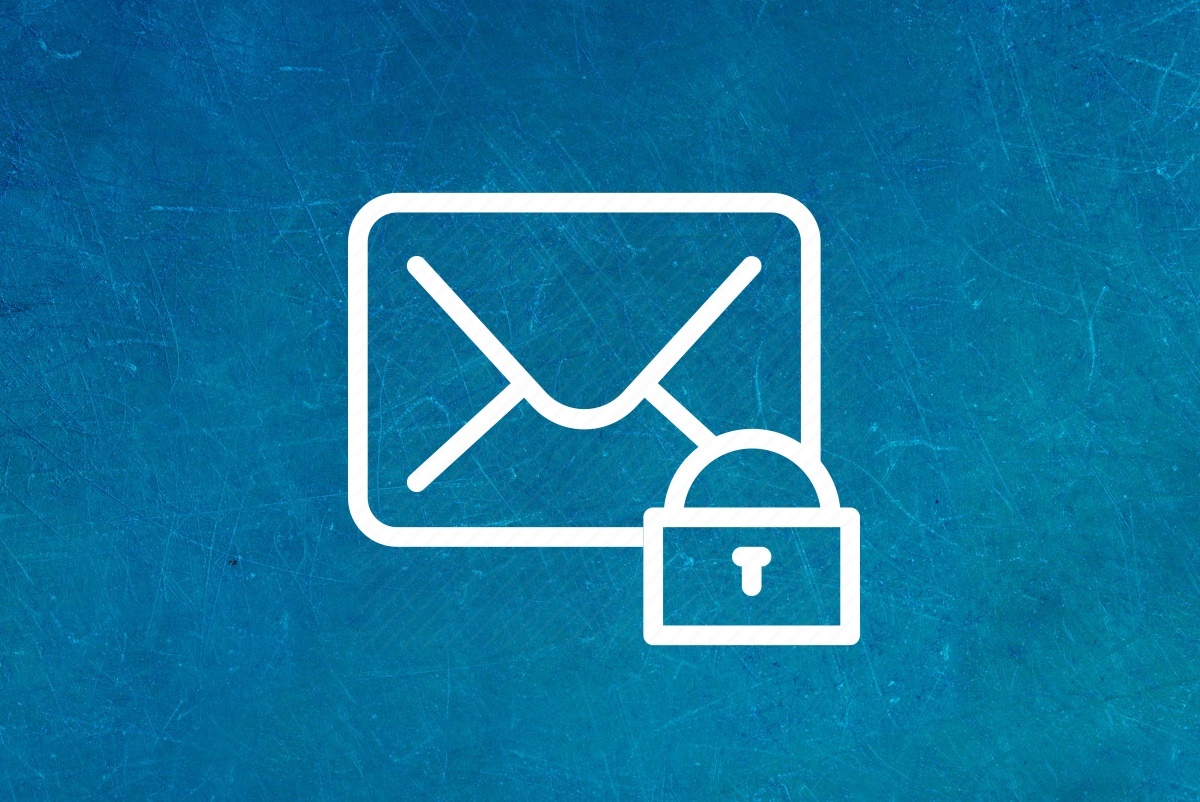Using Temporary Email for Secure Online Sign-Ups
In today’s digital landscape, online sign-ups have become a routine activity. From creating accounts on social media to shopping online, you’re often required to provide an email address. However, this can lead to an influx of spam, phishing attempts, or even data breaches. Temporary email addresses offer a simple and effective solution for maintaining security and privacy when signing up online. In this article, we will explore how to use temporary emails to secure your online activities and avoid unwanted emails.
Table of Contents:
- What is a Temporary Email?
- How Temporary Email Works for Online Sign-Ups
- Benefits of Using Temporary Email for Secure Registrations
- Risks and Limitations of Temporary Emails
- Best Scenarios to Use Temporary Emails for Sign-Ups
- How to Create a Temporary Email for Online Registrations
- Popular Temporary Email Services
- Conclusion
1. What is a Temporary Email?
A temporary email, also referred to as a disposable email address, is a temporary and anonymous email account that users can generate for short-term purposes. Unlike a permanent email, which is designed for long-term use and is linked to your identity, temporary email addresses are automatically deleted after a set period, often ranging from 10 minutes to a few hours.
Keywords to focus on:
- Temporary email definition
- Disposable email address
- Anonymous email service
2. How Temporary Email Works for Online Sign-Ups
When signing up on websites or apps, many platforms require an email address for verification or future communication. By using a temporary email, you can bypass the need to provide your permanent email. This keeps your inbox safe from spam or potential security threats.
Most temporary email services provide users with a random, unique email address that they can use for a specific purpose, such as registering on a website. Any confirmation or validation emails sent by the website are directed to the temporary email’s inbox, accessible via the service’s web interface.
Keywords to focus on:
- How temporary email works for sign-ups
- Temporary email registration process
- Disposable email for verification
3. Benefits of Using Temporary Email for Secure Registrations
a. Avoid Spam and Unwanted Marketing Emails
One of the most significant advantages of using a temporary email for sign-ups is the ability to avoid spam and unsolicited marketing emails. Once you complete the sign-up process, the email address is discarded, meaning you won’t receive any follow-up communications from the site.
b. Protect Your Privacy
When registering for unfamiliar websites, you may not want to expose your personal information. Temporary emails allow you to sign up without linking your primary email address, helping to keep your personal data private.
c. Reduce the Risk of Phishing Attacks
By using a disposable email, you can protect yourself from phishing attempts. If a website's security is compromised and email addresses are leaked, the temporary email you used will no longer be valid, thus eliminating any potential risk.
d. Quick and Easy to Use
Creating a temporary email takes only a few seconds and doesn’t require any verification. This makes it a fast and hassle-free option for one-time registrations or accessing content that requires email submission.
Keywords to focus on:
- Benefits of temporary email for sign-ups
- Protecting privacy with disposable emails
- Avoid spam using temporary email
4. Risks and Limitations of Temporary Emails
While temporary email addresses provide numerous benefits, they also have a few limitations:
- Limited Lifespan: Temporary emails are valid for a short period. If you need long-term access to a website or service, it’s better to use a permanent email.
- Not Ideal for Important Accounts: For accounts that you’ll need to access frequently, such as banking or important services, a disposable email may not be the best option since it can’t be recovered after deletion.
- Blocked by Some Websites: Some websites block the use of temporary email addresses because they prefer verified, long-term users.
Keywords to focus on:
- Temporary email limitations
- Risks of disposable emails
- Blocked temporary emails
5. Best Scenarios to Use Temporary Emails for Sign-Ups
Temporary email addresses are incredibly useful in specific scenarios. Here are some of the best situations where using a disposable email is advantageous:
a. Signing Up for Free Trials
Many online services offer free trials that require an email to access. Temporary emails are perfect for signing up for these trials without committing to future spam or marketing emails.
b. Joining Forums or Discussion Groups
When joining forums or online communities, using a disposable email protects your identity and reduces the risk of receiving unsolicited messages from other members.
c. Downloading Free Content
Many websites offer free eBooks, templates, or software downloads in exchange for your email address. A temporary email lets you download the content without subscribing to future emails.
d. Accessing Public Wi-Fi or Free Online Services
Some public Wi-Fi networks or free services ask for an email address before granting access. A temporary email ensures you don’t hand over your real contact information.
Keywords to focus on:
- Best uses for temporary email
- Free trial sign-ups with disposable email
- Temporary email for downloads
6. How to Create a Temporary Email for Online Registrations
Creating a temporary email for online sign-ups is quick and easy. Follow these steps:
- Choose a Temporary Email Service: Pick a reputable service that offers disposable emails, such as Guerrilla Mail, 10 Minute Mail, or TempMail.
- Generate an Email Address: On the website, click the button to generate a temporary email. The service will provide you with a random email address.
- Use the Email for Sign-Up: Copy the temporary email address and use it to sign up on the desired website or service.
- Check the Inbox: If a confirmation email is required, return to the temporary email service’s web interface to view any incoming messages.
- Delete the Email: Once you’ve completed the sign-up process, let the temporary email expire or delete it manually.
Keywords to focus on:
- How to create a temporary email
- Setting up disposable email
- Temporary email guide
7. Popular Temporary Email Services
Several temporary email providers are available online, each offering unique features. Here are some of the most popular services:
-
Guerrilla Mail
Offers disposable email addresses that last for 1 hour. It also includes features like message forwarding and spam filters. -
10 Minute Mail
Generates an email address that expires after 10 minutes. Perfect for quick and temporary registrations. -
Mailinator
Designed for developers and testers, Mailinator offers multiple temporary email addresses, ideal for testing sign-up processes. -
TempMail
TempMail provides anonymous, disposable email addresses that can last as long as needed, with the option to delete them manually.
Keywords to focus on:
- Popular temporary email services
- Best disposable email services
- Temporary email providers
8. Conclusion
Using a temporary email for online sign-ups is an excellent way to protect your privacy, avoid spam, and reduce the risk of phishing attacks. Whether you’re registering for free trials, downloading content, or joining online forums, a disposable email provides a quick and easy solution. However, it’s essential to recognize the limitations of temporary email addresses, especially when signing up for long-term or critical services.



